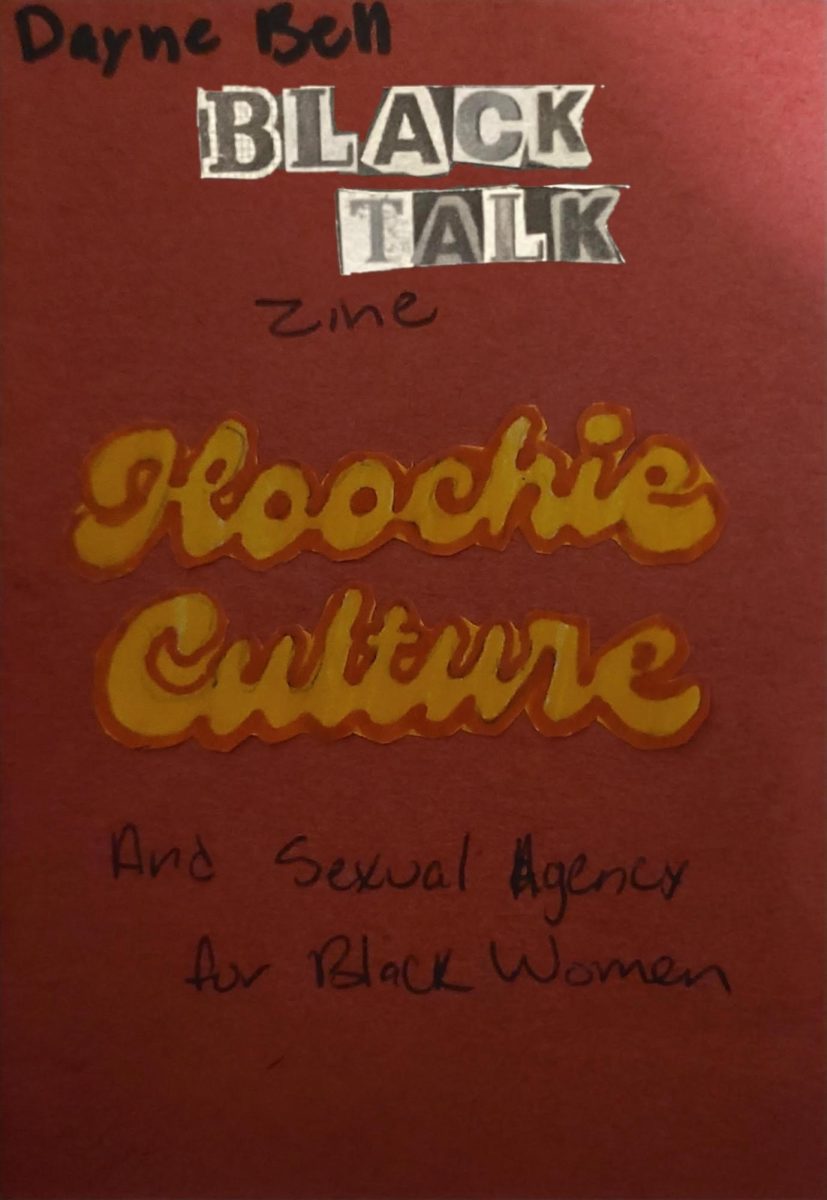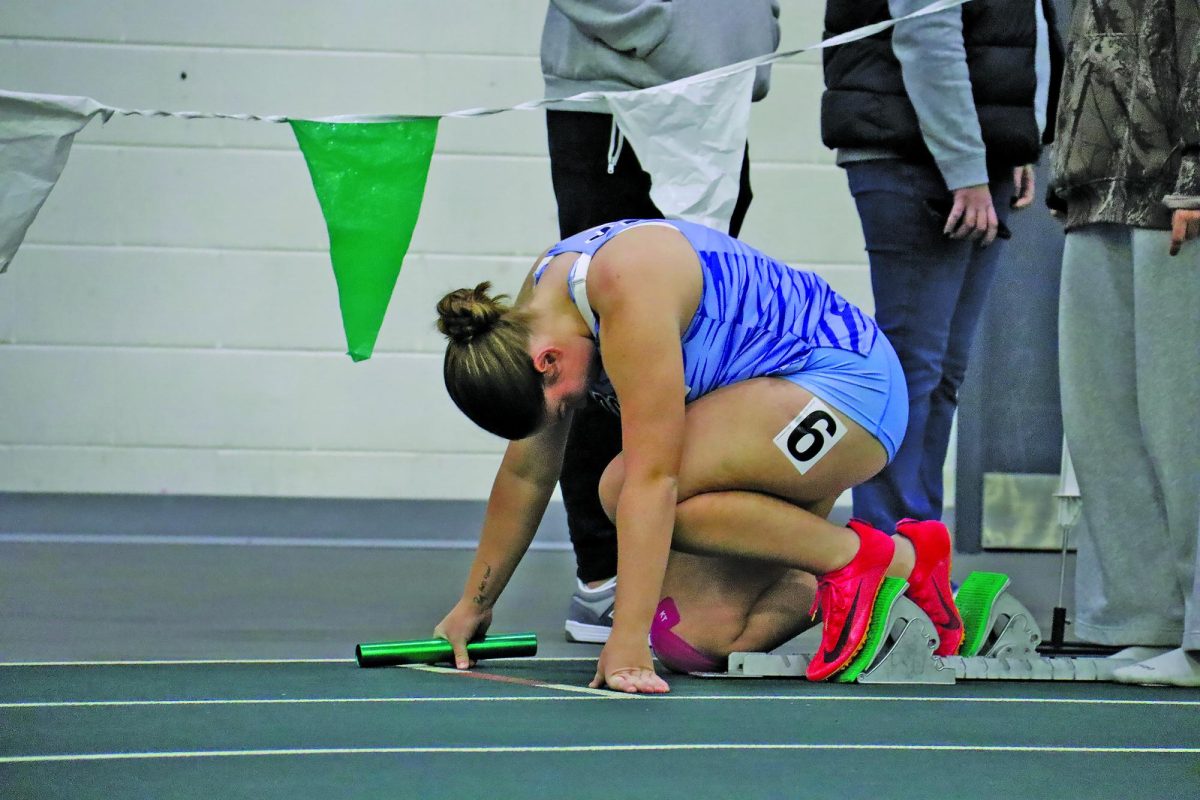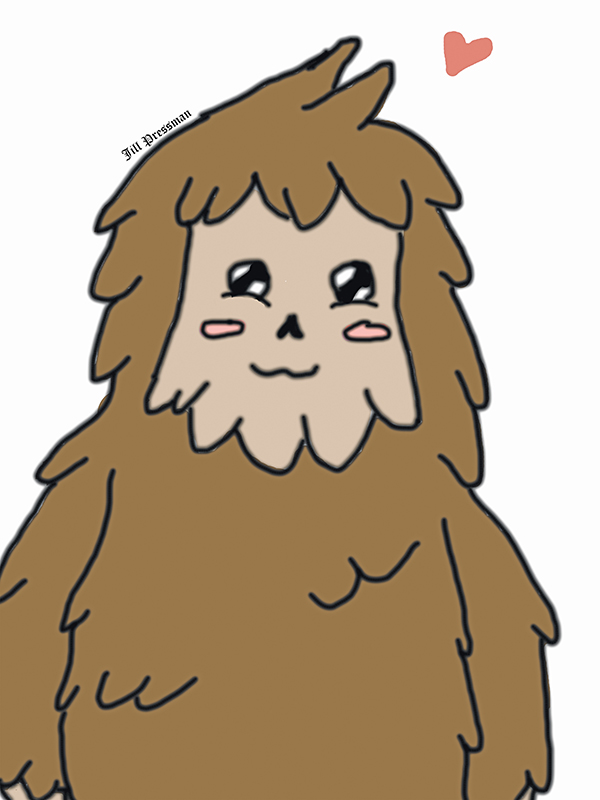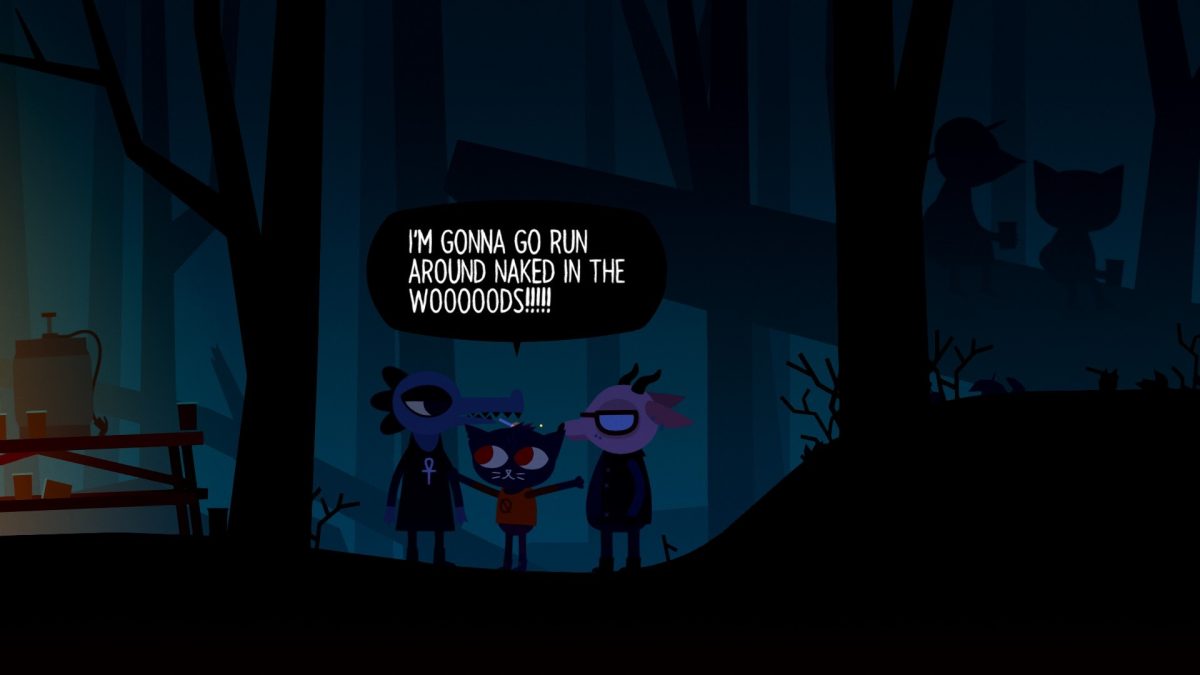The Johnson State College mascot is missing. Well, not really, though there seems to be a missing link.
There’s no indication as to when the Badger officially became JSC’s mascot. So, what happened along the way?
It’s the “Bourne Identity” brought to life on a small town college campus. Alert the police, Mister, I don’t know who I am!
But really now, let’s put the pieces together. What were the Badgers before they were the Badgers?
Ugh, all of this not knowing is giving me a migraine. Let’s take a closer look and see what we can find out.
The Johnson State Athletics Program has almost always been an integral part to the college. The athletic programs that have tenure since the program started in 1948 have had storied successes and failures, but have also informed part of the college’s personality.
It was in the spring of 1948 that JSC’s athletic program was established and the first athletic field was developed. The field was developed on a leased part of the Despault Farm, where Marinetti Hall is now.
That same year, during the fall semester, the field was used for physical education classes, intramurals, and JSC athletics. And it was a Coach Walter Minaert that first began the inaugural athletic association at Johnson.
By 1957, JSC had a mens and womens soccer team and a regulated field to play on. Yet soon after the field was developed, the athletic association was informed that the new field could not be played on because Martinetti Hall construction took precedent.
It was time for Minaert and company to find a lot of their own where no other construction projects were being planned.
Some institutions would complain about Johnson athletics’ un-regulated fields and poor space for play. The athletic association at Johnson realized that they were in need of some infrastructure, and soon.
The athletic association found out about an already purchased 200 ft. of land under the school’s name. It was a waterfront property.
Minaert was given the okay to begin development on new athletic fields. So he and a few handful of students began logging and resurfacing the land. And in 1962, before they knew it, the athletic association had developed two regulated athletic fields, a lower and upper field.
From there on the athletic association began to make great feats with their sports programs, and athletics were becoming an integral part of the college personality.
In 1968, four tennis courts were erected.
In 1963, a regulation basketball court was laid and both mens and womens basketball teams finally had a chance to grow.
Before all of the athletic arena construction, teams would play their respective sport at nearby high schools and rec centers. The availability of personalized athletic arenas made for better sport and better support.
In all, Johnson had mens and womens soccer, womens basketball, womens and mens cross country skiing, mens baseball, womens softball and womens field hockey.
At one point in Johnson’s illustrious athletic career, the downhill ski team beat out the U.S. Military Academy at West Point with two perfect scores and received national honors. And for years the soccer programs was highly successful.
In order to record scores of games and records, Edward O’Gara, an English teacher and public relations representative, would call into the newspaper the results of all the games. When relaying the scores to the newspaper officials O’Gara would call the Johnson teams “The Professors.”
And so the Johnson athletic teams were known as the Professors. But there was a general dislike among the student body with the name chosen for the Johnson athletic teams.
Minaert and his athletic association brainstormed things to do in order to bring a voice and personality to the Johnson athletic nickname, including a mascot.
The athletic association decided upon sponsoring a contest to choose a new name for the teams. Eventually, after festivities died down, the name “The Indians” was chosen as Johnson athletics’ nickname.
That happened sometime, in someplace, in some year. “The History of Johnson State College 1828-1984” doesn’t specify when this took place, but it is documented as having had happened.
The name “Indians” derived from Dartmouth University having the title “The Indians.” Subsequently, Dartmouth was known as “The Big Indians” and Johnson was known as “The Small Indians.”
This is the storied history of Johnson’s illustrious athletic program and how Johnson adopted a nickname.
But how did the Indians become the Badgers? That information is missing from Kenneth Raymond’s “The History of Johnson State College 1828-1984.”
There is no mention of Badgers in the college’s yearbooks from 1986-1987. There is no yearbook in the library archives for the 1989-1990 school year.
Johnson State fell into a state of delusion. For a time it may have forgotten it was a college. The world was turning into a wasteland, a cesspool of muddled thoughts and misperceptions.
And to think we thought we all had the answers. Campus-wide memory loss! Look out, it’s “The Happening.” What a twist.
I’m kidding of course, but the enigma still remains. How did the Badgers become the Badgers?
Luckily JSC public services librarian Linda Kramer found a photo of someone in the Badger mascot costume in the 1991 yearbook.
Unfortunately, there is no indication as to when the school mascot was adopted.
What is known is that the new name, the Indians, didn’t last too long, if in fact the name change took place in the late seventies or early eighties.
Many athletic teams, back in the day, were considering name changes due to possible offensive school nicknames or mascots. And many athletic directors thought it would be good to remove their schools’ from the controversy.
Peter Albright, Johnson’s athletic director in the late eighties and early nineties, thought to remove Johnson from any and all controversy.
Eric Gilbertson, college president from 1981-1989, suggested that Johnson sponsor a contest to come up with the school’s new nickname. As you can see, he had originality in mind and at heart.
They had several nominations and several supporters. Badgers happened to be one of the nominated names.
Albright had a conversation with biology professor Bob Genter about the badger and the badgers’ natural habitat. Genter assured Albright that the badger was not denizen of Vermont, but “was indeed a tough, surly, combative, little bugger.”
The student body voted on the athletic nickname in the dining hall.
Albright said, “I believe that the mens soccer team may have stuffed the ballot, but the badger won . . . I think the mascot is a great representative of our underdog little school: not afraid of anyone, tough and resilient.”
And yet a date and time are still missing from the equation, though parts of the puzzle are now coming together. What’s in a name, you ask?
A name is an encapsulation of personality, a balled up set of themes, ideas, and perceptions into few or many letters. Johnson State College adopted the name Badgers on the basis of scrappy, competitive and surly gameplay.







